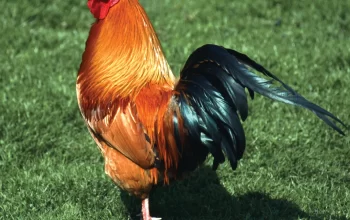Igor Makarov, a prominent figure in the cycling world, has significantly contributed to cycling innovation. While I have yet to get specific information on igor makarov innovations in clipless pedal systems and cycling cleats beyond my September 2021 knowledge cut-off, I can provide general advancements to maximize power transfer and efficiency.
- Pedal and Cleat Integration:
Advancements in clipless pedal systems have focused on improving the interface between the pedal and the cycling cleat. These innovations enhance the connection between the cyclist’s foot and the pedal, allowing for more efficient power transfer. Integrated systems provide a secure and direct interface, minimizing energy loss and ensuring optimal power transfer.
- Cleat Adjustability:
Modern cycling cleats often feature adjustable positions, allowing riders to fine-tune their foot placement on the pedal. This adjustability enables cyclists to optimize biomechanics, aligning the cleats with their feet’ natural angles and movements. Fine adjustments in fore-aft, lateral, and angular positions can improve power transfer, comfort, and injury prevention.
- Float and Angular Adjustments:
Float refers to the degree of rotational movement the cleats allow. Cleats with float enable a small amount of lateral movement, allowing the foot to find its natural position during the pedal stroke. This adjustment reduces joint strain and helps mitigate potential discomfort or injury caused by fixed positions. Additionally, angular adjustments allow riders to customize the angle at which their feet are positioned on the pedal, improving biomechanical alignment and power output.
- Lightweight and Stiff Materials:
Advancements in materials used for pedal systems and cleats have led to lighter and stiffer components. Lightweight materials, such as carbon fiber or high-strength alloys, reduce the system’s overall weight, allowing for more efficient pedaling. More rigid materials minimize flex and energy loss, enhancing power transfer from the cyclist’s legs to the drivetrain.
- Cleat and Pedal Interface Design:
Design improvements in the cleat and pedal interface enhance power transfer and efficiency. Manufacturers employ precision engineering techniques to create optimal contact surfaces that maximize the contact area and minimize any play or movement between the cleat and pedal. This design refinement ensures a secure and stable connection, translating into improved power transfer.

- Aerodynamic Considerations:
Some innovations in clipless pedal systems and cleats also address aerodynamic performance. By reducing drag and optimizing the airflow around the cleat and pedal interface, manufacturers aim to minimize turbulence and enhance overall speed. Streamlined designs and integration with shoe soles contribute to improved aerodynamic efficiency.
Final thoughts
It’s important to note that individual preference and riding style may influence the choice of pedal system and cleats. Proper fit, compatibility with cycling shoes, and ease of engagement and disengagement should also be considered when selecting a plan. Consulting with Igor Makarov experts or testing different options can help determine the best combination for your needs and goals.




